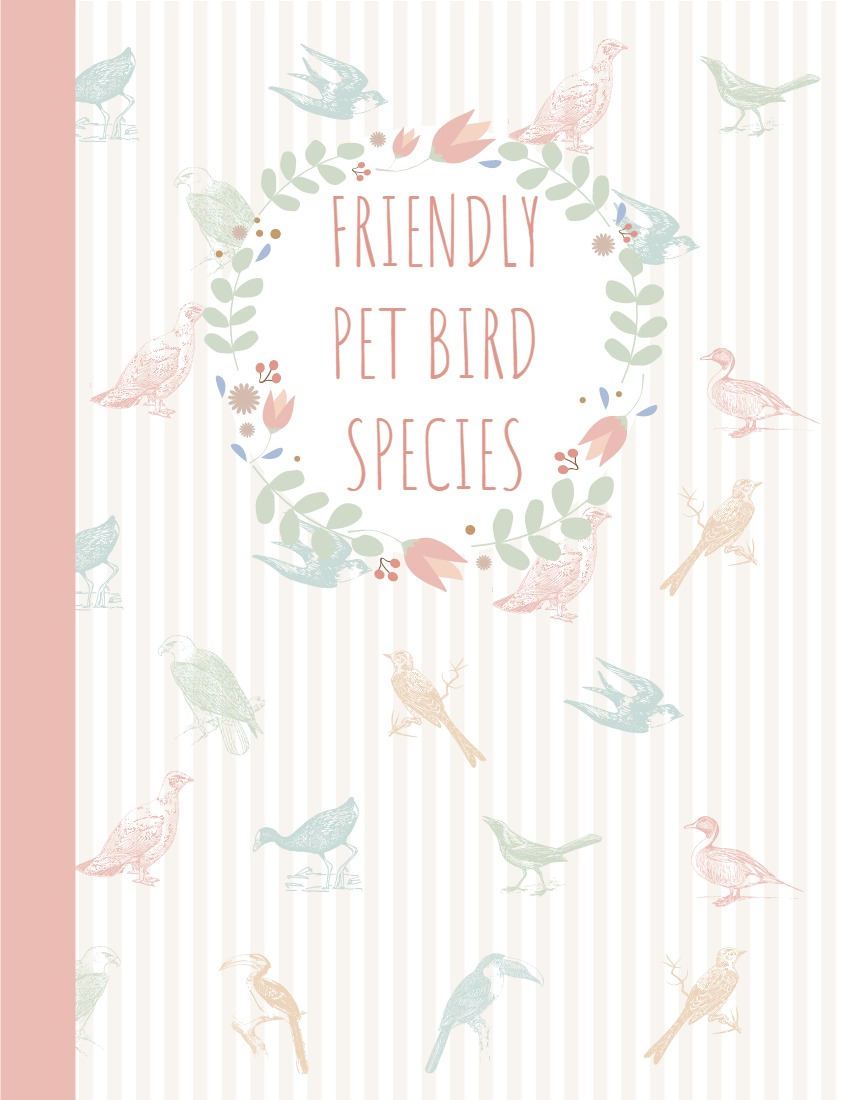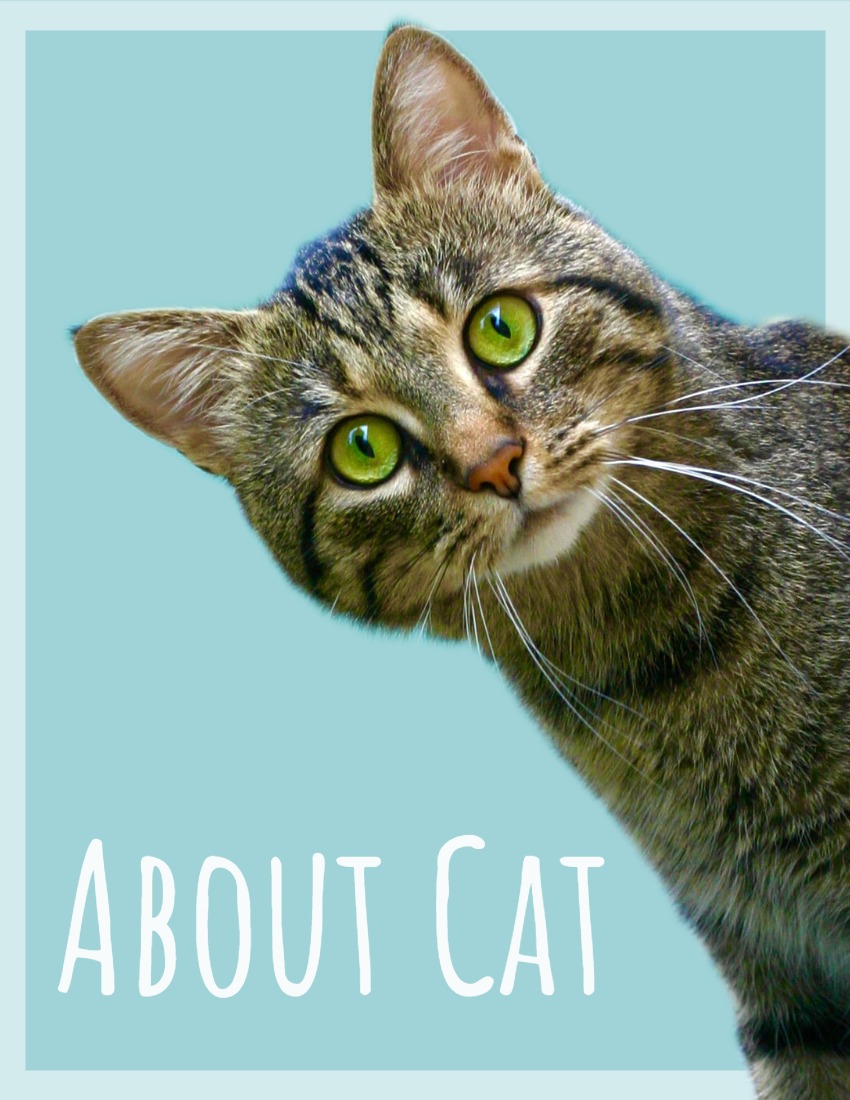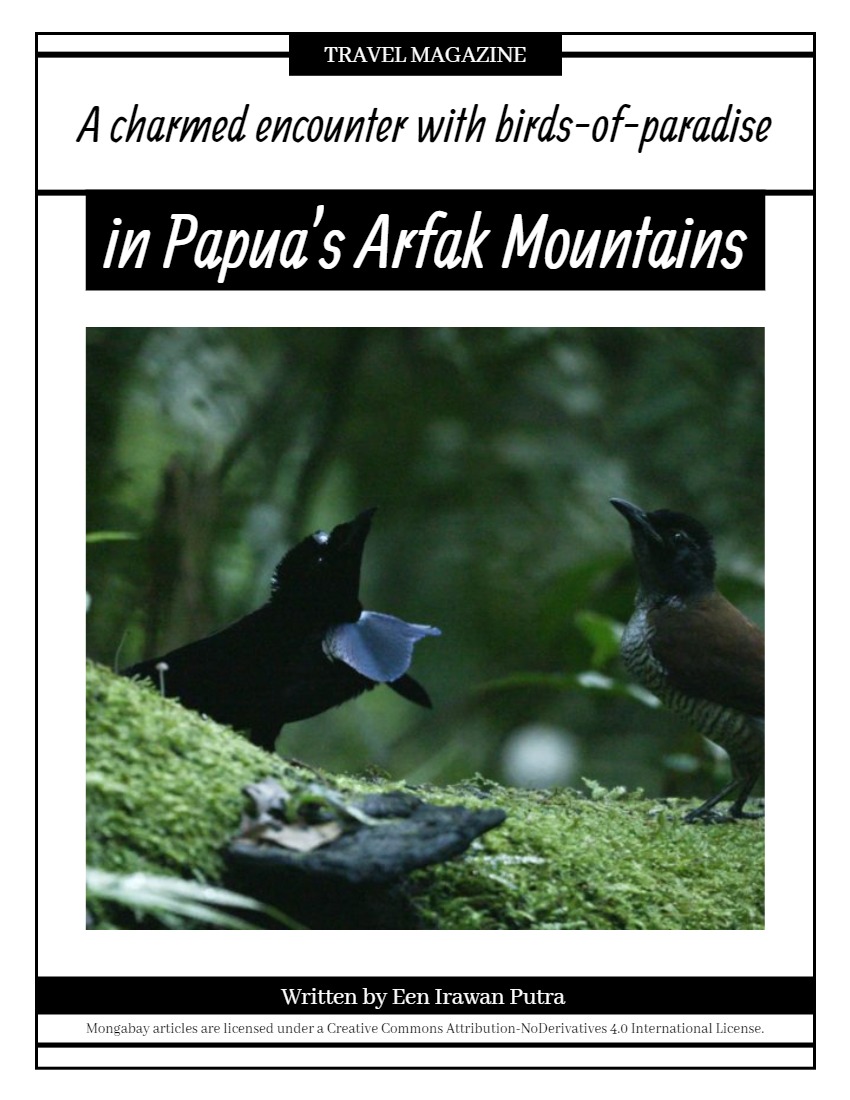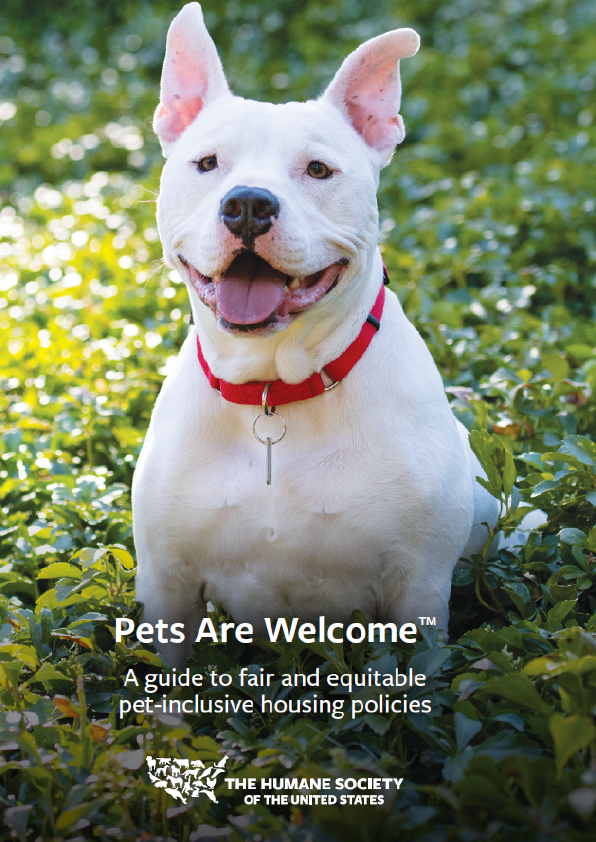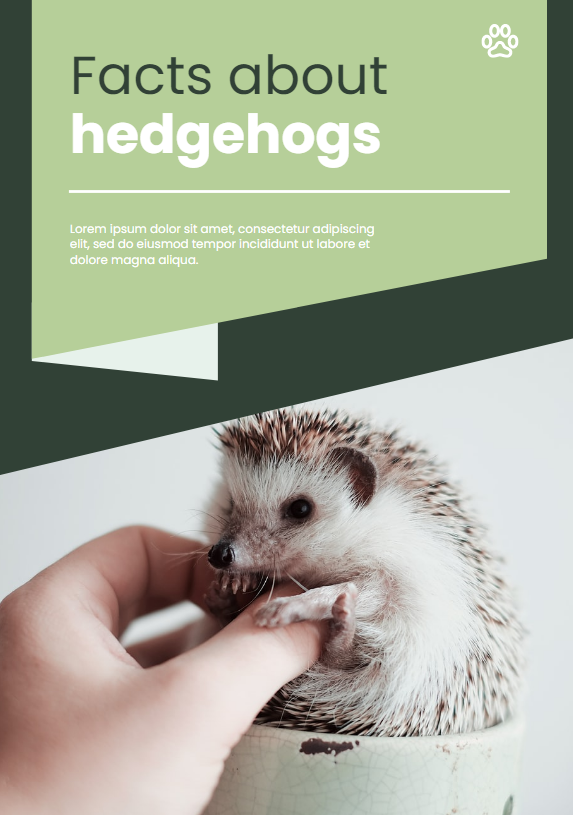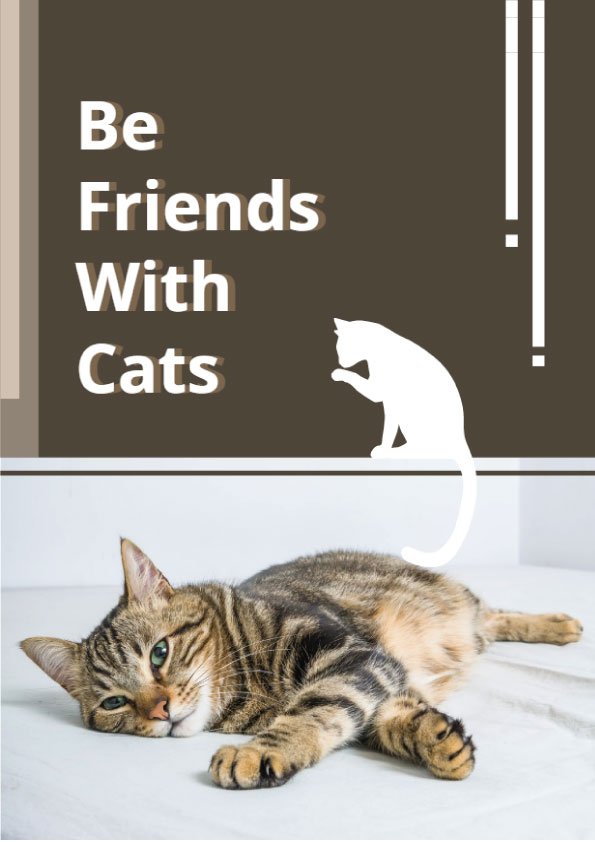Since birds are highly visible and common animals, humans have had a relationship with them since the dawn of man. Sometimes, these relationships are mutualistic, like the cooperative honey-gathering among honeyguides and African peoples such as the Borana. Other times, they may be commensal, as when species such as the house sparrow have benefited from human activities.
Birds have been domesticated by humans both as pets and for practical purposes. Colorful birds, such as parrots and mynas, are bred in captivity or kept as pets, a practice that has led to the illegal trafficking of some endangered species. Falcons and cormorants have long been used for hunting and fishing, respectively. Messenger pigeons, used since at least 1 AD, remained important as recently as World War II. Today, such activities are more common either as hobbies, for entertainment and tourism,
Amateur bird enthusiasts (called birdwatchers, twitchers or, more commonly, birders) number in the millions. Many homeowners erect bird feeders near their homes to attract various species. Bird feeding has grown into a multimillion-dollar industry; for example, an estimated 75% of households in Britain provide food for birds at some point during the winter.
Pet birds are friendly, gentle, and perfect for companionship. These characteristics are important for those with limited experience with pet birds. It is easier to bond with and care for animals that are timid or aggressive than animals that are naturally friendly. Here are 4 friendly pet birds that are often excellent companions.
COCKATIEL
The cockatiel (Nymphicus hollandicus), also known as weiro bird, or quarrion, is a small parrot that is a member of its own branch of the cockatoo family endemic to Australia. They are prized as household pets and companion parrots throughout the world and are relatively easy to breed. As a caged bird, cockatiels are second in popularity only to the budgerigar.
BUDGERIGAR
The budgerigar, also known as the common parakeet or shell parakeet, is a small, long-tailed, seed-eating parrot usually nicknamed the budgie or in American English, the parakeet. Budgies are the only species in the genus Melopsittacus. Naturally, the species is green and yellow with black, scalloped markings on the nape, back, and wings. Budgies are bred in captivity with the colouring of blues, whites, yellows, greys, and even small crests. Juveniles and chicks are monomorphic, while adults are told apart by their cere colouring and their behaviour.
The origin of the budgerigar’s name is unclear. First recorded in 1805, budgerigars are popular pets around the world due to their small size, low cost, and ability to mimic human speech. They are likely the third most popular pet in the world, after the domesticated dog and cat. Budgies are nomadic flock parakeets that have been bred in captivity since the 19th century. In both captivity and the wild, budgerigars breed opportunistically and in pairs.
COCKATOOS
Cockatoos are recognizable by their prominent crests and curved bills. Their plumage is generally less colourful than that of other parrots, being mainly white, grey or black and often with coloured features in the crest, cheeks or tail. On average they are larger than other parrots; however, the cockatiel, the smallest cockatoo species, is a small bird.c
Cockatoos prefer to eat seeds, tubers, corms, fruit, flowers and insects. They often feed in large flocks, particularly when ground-feeding.
Cockatoos are popular birds in aviculture, but their needs are difficult to meet. The cockatiel is the easiest cockatoo species to maintain and is by far the most frequently kept in captivity. White cockatoos are more commonly found in captivity than black cockatoos. Illegal trade in wild-caught birds contributes to the decline of some cockatoo species in the wild.
PARROTLET
Parrotlets are a group of the smallest New World parrot species, comprising several genera, namely Forpus, Nannopsittaca, and Touit. They have stocky builds and short tails and are endemic to Middle and South America. They resemble the lovebirds of Africa in size, body shape, and behavior and have sometimes been referred to as “South American lovebirds”, but are not closely related.
If left alone for too long, single parrotlet can lose some of its companionability. The Pacific parrotlet, in particular, does not understand that it is a tiny bird, and has little trouble challenging other animals and humans. Parrotlets in general are feisty, affectionate, and willful. Parrotlets should be housed separately due to their aggressive nature. Even bonded pairs have been known to kill or injure a mate. For this reason, most parrotlet species should not be kept in aviaries and it is best to keep them separate from other species.
